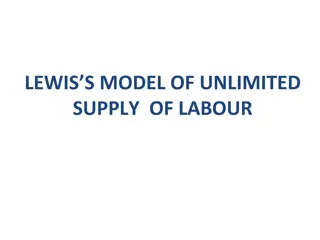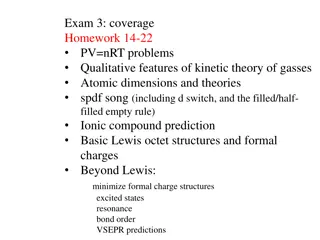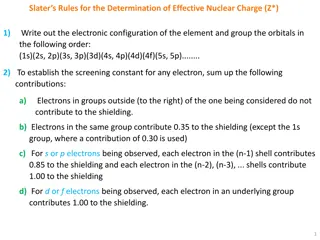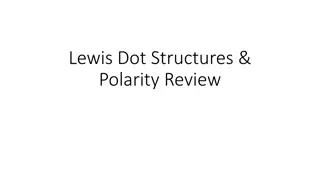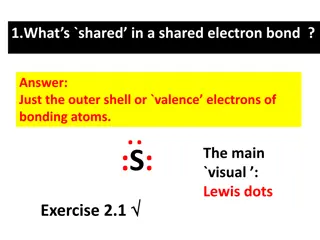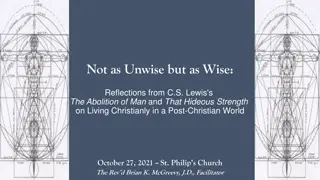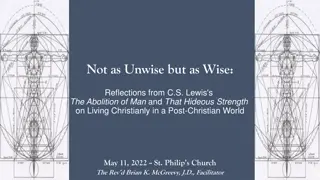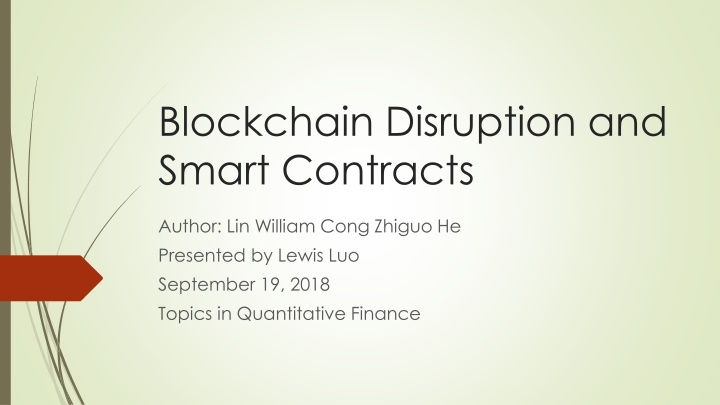
Blockchain Disruption and Smart Contracts in Quantitative Finance
Explore the concepts of blockchain disruption and smart contracts as they relate to quantitative finance. Learn about decentralized consensus, information distribution, applications, regulations, and their implications. Discover the features and benefits of blockchain technology, decentralized consensus, and the trade-finance example. Gain insights into formal mathematical models and the decentralized nature of these innovative technologies.
Download Presentation

Please find below an Image/Link to download the presentation.
The content on the website is provided AS IS for your information and personal use only. It may not be sold, licensed, or shared on other websites without obtaining consent from the author. If you encounter any issues during the download, it is possible that the publisher has removed the file from their server.
You are allowed to download the files provided on this website for personal or commercial use, subject to the condition that they are used lawfully. All files are the property of their respective owners.
The content on the website is provided AS IS for your information and personal use only. It may not be sold, licensed, or shared on other websites without obtaining consent from the author.
E N D
Presentation Transcript
Blockchain Disruption and Smart Contracts Author: Lin William Cong Zhiguo He Presented by Lewis Luo September 19, 2018 Topics in Quantitative Finance
Outline Introduction & Institutional Background Decentralized Consensus & Information Distribution A simple model (Trade & Finance) A formal mathematical model Applications Regulation & Discussion Conclusion & Thoughts
What is Blockchain? Bitcoin the original blockchain: double-spending, distributed ledger. A database system in which parties unknown to each other can jointly maintain and edit in a decentralized manner, with no individual party exercising central control.
What is Smart Contract? An application of Blockchain Smart contracts are digital contracts allowing terms contingent on decentralized consensus and are self- enforcing and tamper-proof through automated execution.
Blockchain Features Decentralized consensus Safe, robust, cheap, & decentralized. Errors, manipulations, & attacks. Information Distribution Record-keepers, incentives, organization & community. Privacy, transparency, encryption, & informational environment.
Decentralized Consensus PoW (Proof-of-work) record keepers who solve complicated cryptographical puzzles in order to validate transactions and create new blocks (i.e., mining) PoS (Proof-of-stake) chosen in a deterministic manner, depends on his/her wealth (i.e., the stake)
Information Distribution Decentralized consensus requires information distribution among participants in the system. Business Privacy
Formal Model Setup : :delivery of service of goods z : decentralized consensus yk : reports; y {yk }: collection of reports K {1, 2, , K} homogeneous Effectiveness: Var( z ) wk: weight non-negative sum to 1
Formal Mathematical Model Reduced-form model: bk: record keeper k s benefit hk: cost of misreporting, reputation cost Information Distribution vs. Quality of Consensus:
Formal Mathematical Model Quality of Decentralized Consensus: Conclusion Information Distribution vs. Decentralized Consensus
Blockchain Applications in the Financial Industry Trade Finance Fail because of not well-known letter of credit Fail because of worries of timely delivery of goods Solutions Flow of Money Decentralized ledger better track goods Flow of Goods Trusted Payments
Blockchain Applications in the Financial Industry Trusted Payments Bitcoin: a blockchain that is secure and time-stamped to make it tamper-proof;(Nakamoto (2008)) Ethereum: the second largest blockchain platform by market capitalization after the Bitcoin blockchain Ripple: founded in 2012 to provide global financial transactions and real-time cross-border payments
Blockchain Applications in the Financial Industry Exchanges and Trading Voting Syndicated loans
Regulatory Measures Blockchain competition Regulatory node and design Separation of keepers of users Blockchain and smart contract design
Conclusion & Thoughts Blockchain and Smart Contract Decentralized consensus, low-cost, tamper-proof algorithmic execution Consensus generation: information distribution vs privacy Tradeoffs of consensus generation vs. information distribution Future Topics A robust consensus protocol Right incentives for consensus


